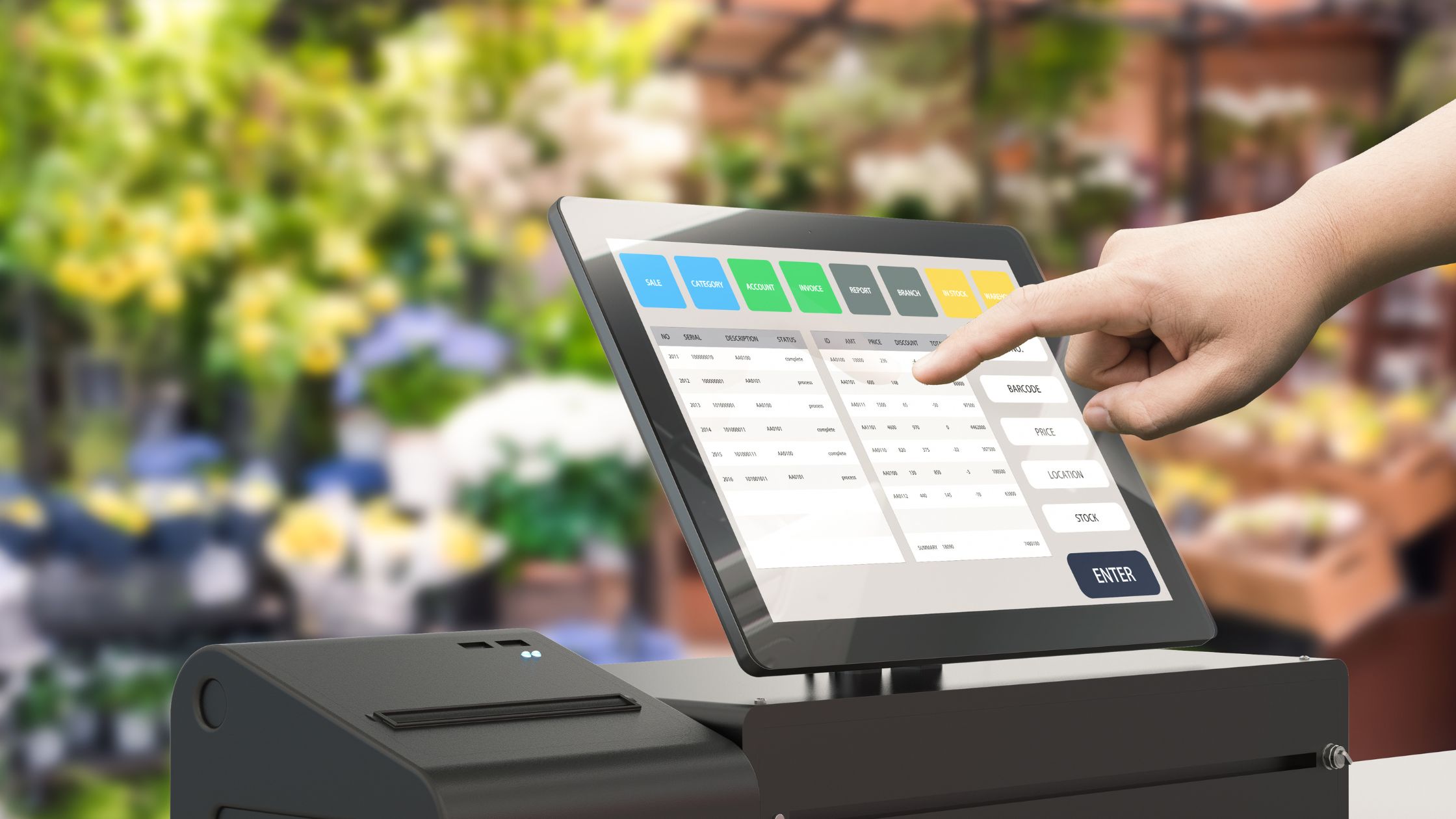In today’s fast-paced hospitality industry, efficiency and cost control are more important than ever. Many restaurant owners now turn to restaurant open source software as a powerful and flexible alternative to traditional systems. These open-source tools give businesses full control, lower costs, and scalable features—without being tied to expensive vendor contracts. Whether you’re launching a new restaurant or upgrading an existing one, exploring open-source solutions can transform how you manage daily operations.
Table of Contents
- What Is Restaurant Open Source Software?
- Benefits of Using Open Source Tools in Restaurants
- Key Features to Look For
- Why More Restaurants Are Switching
- Conclusion
- FAQs
What Is Restaurant Open Source Software?
Open source software refers to technology platforms whose source code is publicly accessible, enabling users to view, modify, and enhance the system as needed. Unlike proprietary software, which is locked in and limited to vendor-defined capabilities, open-source solutions empower restaurant owners and developers to tailor features according to unique operational requirements.
This level of customization is especially valuable in the fast-changing hospitality industry, where flexibility and innovation are essential. Whether you’re running a small café or a multi-location restaurant chain, open-source software can adapt to your scale and workflow.
Typically, these systems support a wide range of core restaurant functions, including:
a) Point-of-Sale (POS): Streamlined order processing and payment handling at the counter or tableside.
b) Table Management: Efficient reservation handling and seating arrangements for better guest experiences.
c) Menu Customization: Real-time updates to dishes, pricing, availability, and images across multiple platforms.
d) Inventory Control: Accurate tracking of stock levels to prevent over-ordering or understocking.
e) Reporting and Analytics: Insights into sales trends, employee performance, and customer preferences.
Moreover, open-source platforms benefit from active global communities of developers who continuously enhance security, stability, and performance. This collaborative environment ensures that the software remains up to date with industry standards and emerging technologies, giving restaurants a cost-effective and future-proof solution. Learn more about Open Source POS Android Software, here.

Benefits of Using Open Source Tools in Restaurants
Many small and medium-sized restaurants choose open source because it reduces long-term costs and increases independence. Below are the major benefits of adopting a restaurant open source system:
1. Cost Efficiency
Unlike commercial software that requires costly licenses, open-source platforms are either free or significantly cheaper. This gives restaurant owners a way to reinvest savings in other areas.
2. Full Customization
You can modify the software’s features as well as the design to fit your unique business model. Whether you operate a food truck or a fine dining establishment, open-source systems adapt accordingly.
3. Community Support
Backed by a vast developer community, users gain access to shared expertise, regular updates, and fast issue resolution. You don’t have to rely solely on one vendor.
4. Data Ownership
You control your data completely. This reduces dependency on third-party providers and ensures better privacy and security.
With these advantages, it’s easy to see why restaurant open source technology is gaining momentum in the hospitality space.
Key Features to Look For
Not all open-source platforms are created equal. When selecting the right solution for your restaurant, prioritize features that support efficient operations and enhance customer service. Essential capabilities include:
- User-Friendly POS Interface: A clean, intuitive point-of-sale system speeds up order taking and reduces training time for staff.
- Flexible Menu Management: The ability to quickly update prices, item descriptions, and images helps you stay responsive to trends and changes.
- Real-Time Inventory Tracking: Helps monitor stock levels, reduce waste, and avoid running out of popular items during peak hours.
- Employee and Role Management: Track staff performance, manage schedules, and set role-based permissions to keep operations organized.
- Integrated Reporting Tools: Access daily sales summaries, trend analyses, and performance metrics to make informed business decisions.
Additionally, ensure the software supports third-party integrations such as payment gateways, kitchen display systems (KDS), and accounting tools. These integrations can significantly streamline your workflow and improve operational efficiency across the board.

Why More Restaurants Are Switching
Traditional restaurant management systems often come with high upfront fees, long contracts, and limited flexibility. Many owners now realize that open-source alternatives offer equal or better functionality without these limitations.
Additionally, as restaurant technology evolves, adaptability becomes essential. Open-source systems provide the freedom to test features, scale operations, and stay ahead of trends without excessive costs or lock-ins.
If you want more control over your restaurant’s operations while staying budget-friendly, going with a restaurant open source platform could be your smartest move.
Conclusion
The restaurant open source model empowers business owners to take control of their operations through flexibility, cost savings, and community-driven innovation. It’s an ideal choice for those who seek freedom from rigid software contracts and want to scale efficiently.
For a trusted and powerful open-source restaurant management solution, visit Floreant POS.
FAQs
1. What is the main advantage of using restaurant open source software?
The main advantage is flexibility. You can customize the software to meet your restaurant’s unique needs while keeping costs low.
2. Is open source software secure enough for my restaurant’s data?
Yes, open-source systems often receive regular updates from global developers. With proper installation and updates, they are very secure.
3. Can I integrate open source software with other restaurant tools?
Absolutely. Many open-source platforms allow integrations with payment systems, kitchen displays, and accounting tools.
4. Do I need to be a developer to use open source restaurant software?
Not necessarily. While having some technical help is useful, many platforms offer user-friendly interfaces and helpful online communities for support.







